SENIOR LIVING
The number of people age 65 or older will double in the next 20 years, while average lifespans also increase. As we think about designing spaces for older adults, we must consider the fact that our communities will become more multigenerational, and the places we create for the oldest members of the community must emphasize holistic wellness, purpose, and activity in order to foster greater connections across our urban and social fabrics.
Bosque House, San José, Costa Rica
01
Housing for older adults can foster meaningful connections to urban life.
According to the Gensler Residential Experience Index, 69% of older adults want to stay in their current home, and many also want to live in urban areas, which can offer active and social resources that allow residents to thrive. A growing number of projects are focused on allowing older adults to age in place and continue to live in the cities they love.
02
Mixed-use, mixed-income, and multigenerational lifestyle developments are emerging as new models.
Flexible residential units that can reconfigure to connect an adjacent unit for a live-in caretaker are a boon for someone who wishes to stay in their home later in life. But they can also attract all walks of life, such as a couple starting a family, or a group of friends looking to share an apartment after college. As the costs of senior living facilities continue to rise, so will demand for affordable alternatives that enable people to age in place.
03
Designing elevated experiences for caregivers is a big opportunity.
With the overwhelming majority of assisted living facilities reporting staff shortages, the senior living industry is at a turning point. The caregiver experience has seldom been a primary driver for senior living design in the past, but that will change as facilities explore new retention strategies. To this end, the senior living industry can adopt lessons from across healthcare, hospitality, and other industries to create great places to work.
04
Gerontechnology will extend aging-in-place.
As people age, the use of technology to maintain and regain independence is critical. Gerontechnology integrates technology for health, housing, communication, leisure, and work for older adults. More older adults have embraced digital technologies than ever before, from telemedicine, to sensory aids, to assistive technologies. These advancements have the potential to enhance people’s lives, facilitate caregiving, and extend independent living and aging-in-place.
05
Wellness models for active adults are replacing one-size-fits-all care models.
Unlike one-size-fits-all care models for older adults, wellness community models for active older adults allow residents to focus on their interests and needs. By focusing on the seven dimensions of wellness — intellectual, physical, social, spiritual, vocational, and emotional — this model offers a holistic, comprehensive approach.
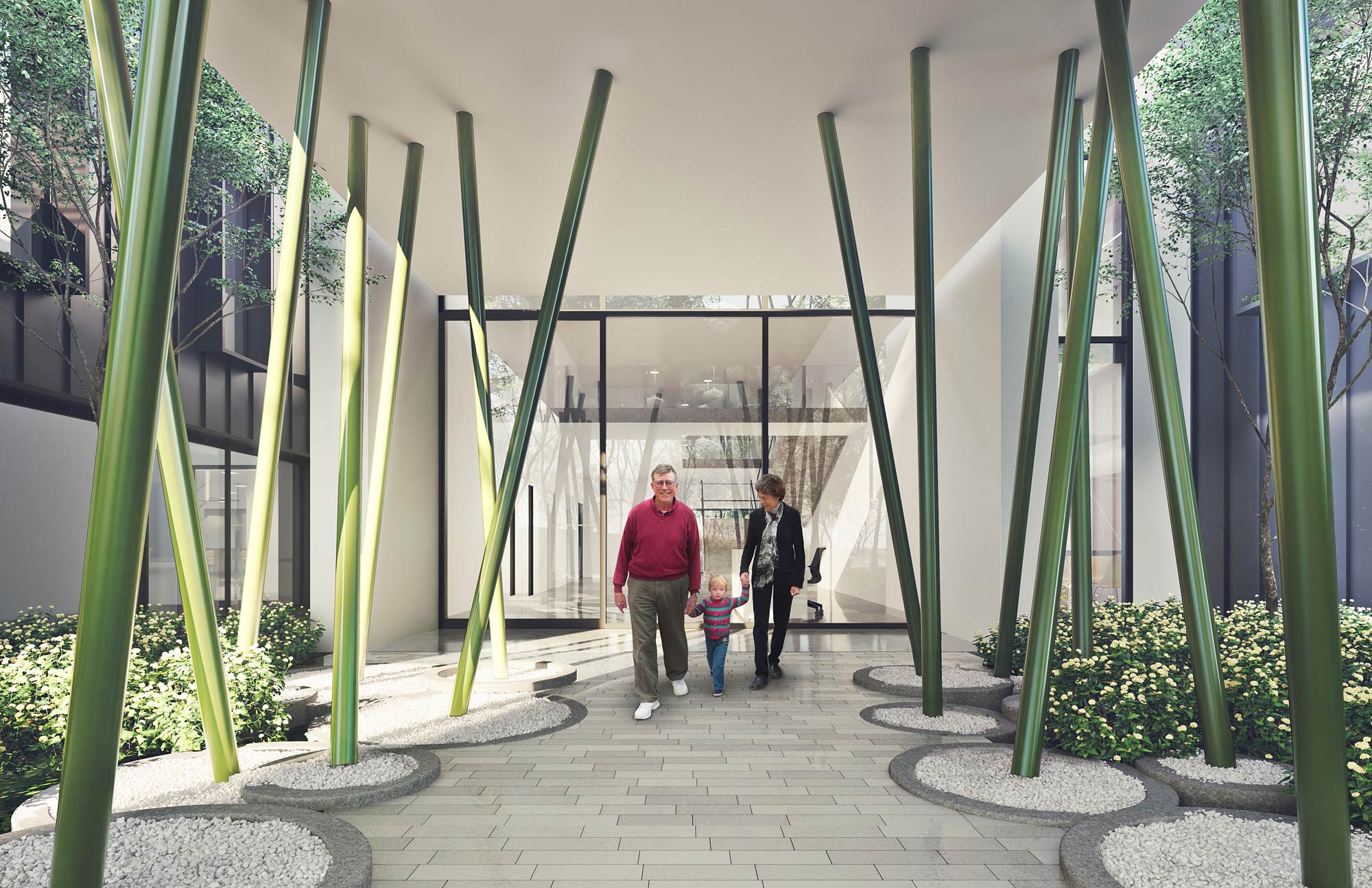
Bosque House, San José, Costa Rica
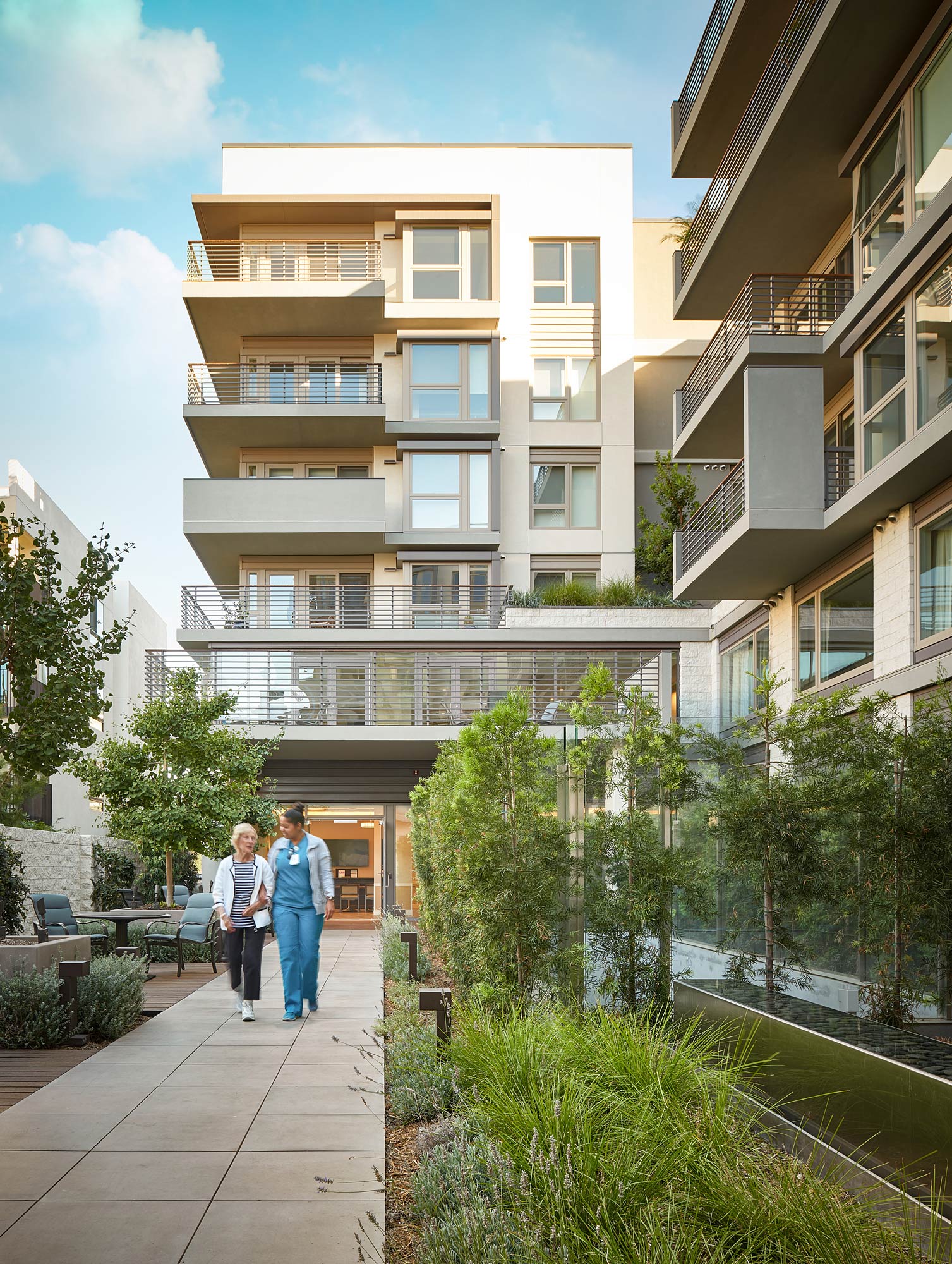
Fountainview at Gonda Westside, Playa Vista, Calif.
Baby boomers are the generation that reports the highest level of satisfaction with their current living situation (73%), and the lowest interest in leaving the city where they live as a result of the ability to work remotely (25%).
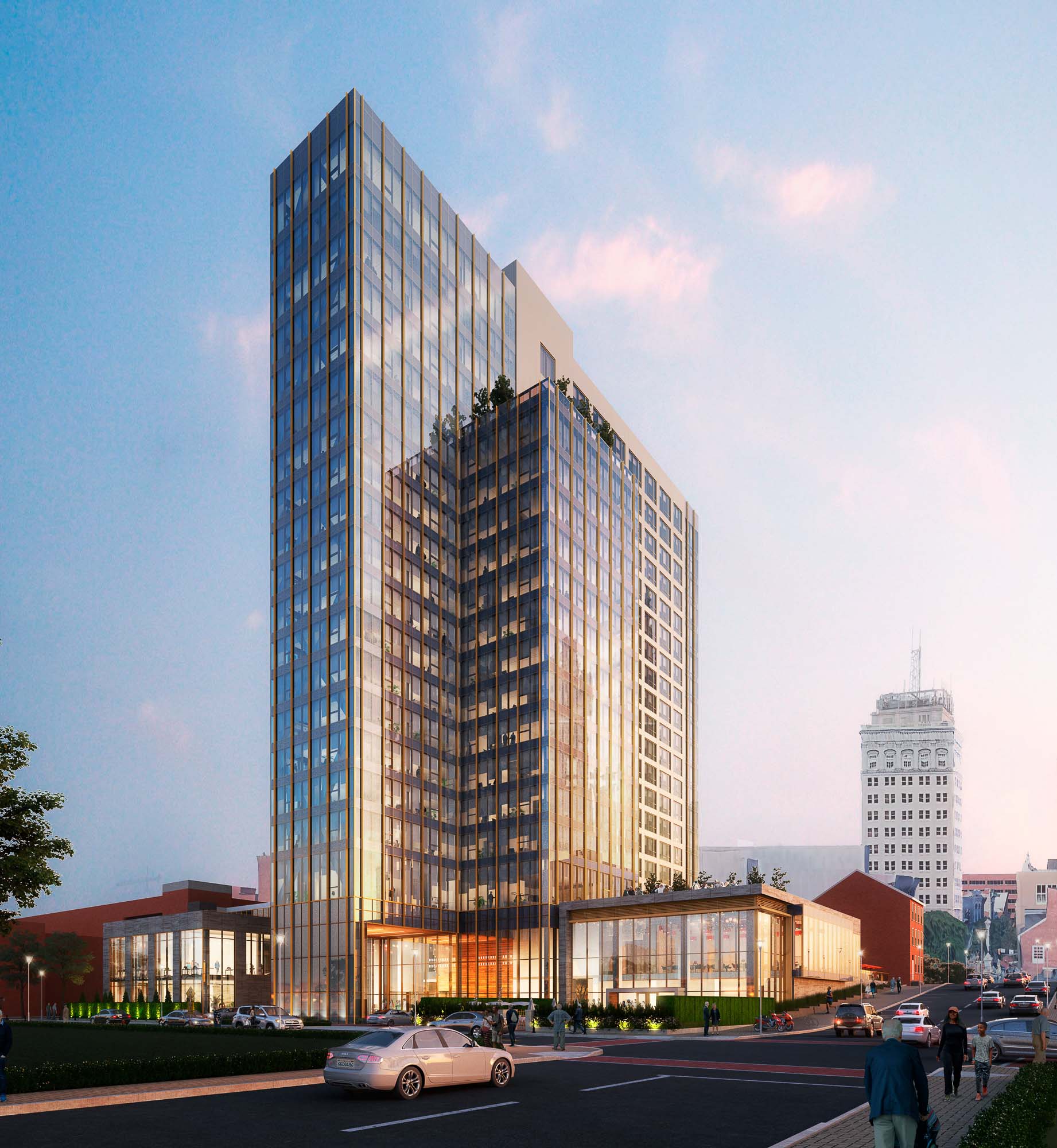
Mosaic by Willow Valley Communities, Lancaster, Pa.
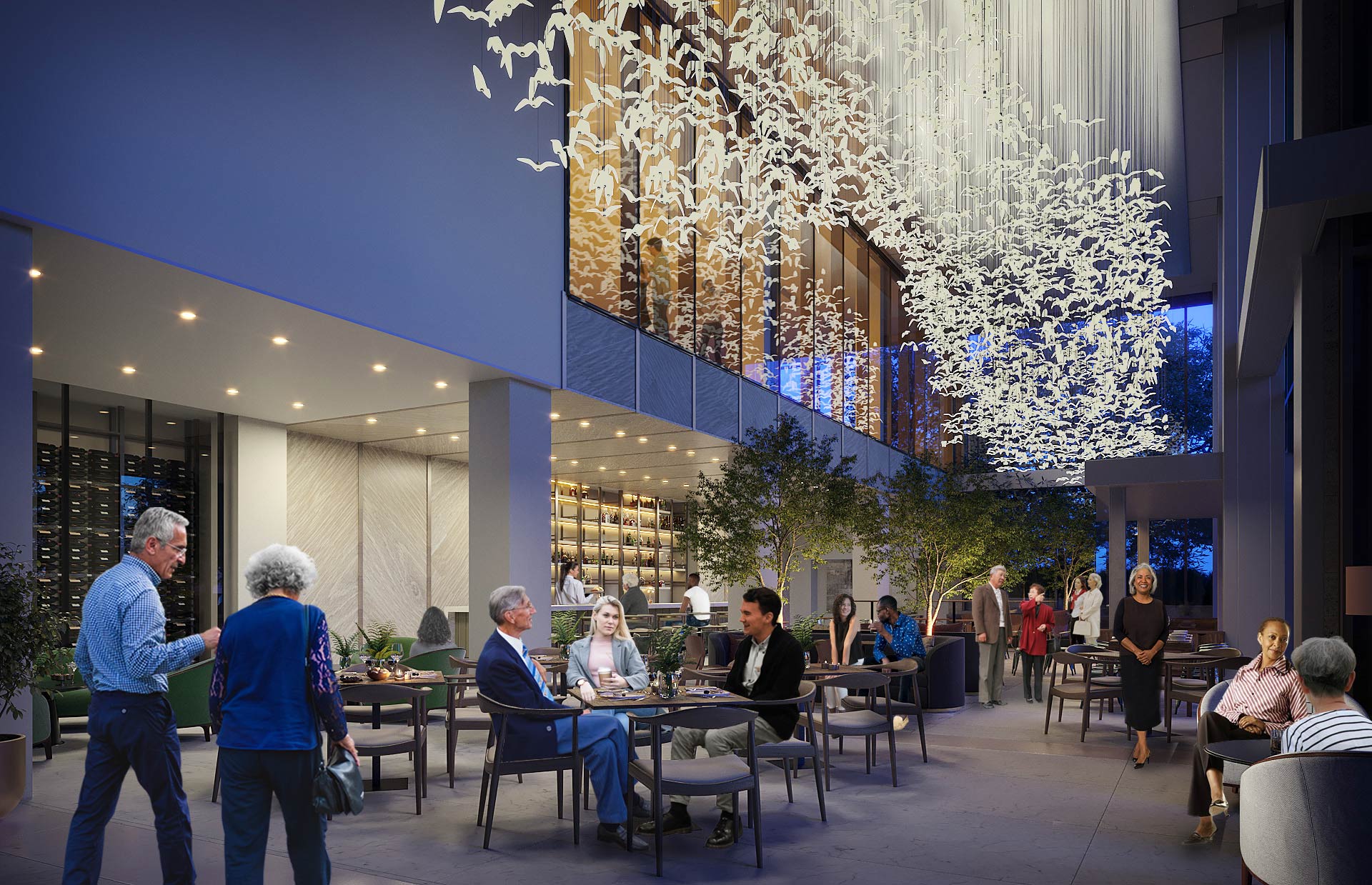
Mosaic by Willow Valley Communities, Lancaster, Pa.

Gensler Voices: Brian Hunt on How Sports Have Influenced His Design Career
Brian Hunt, a designer for Gensler Chicago, shares what's influenced his design career and advice for those beginning their career.

The Studio Lab: An Experimental Approach to Transform the Workplace
Across industries, organizations are rethinking ways to engage their employees and create thriving workplaces. We introduce The Studio Lab.
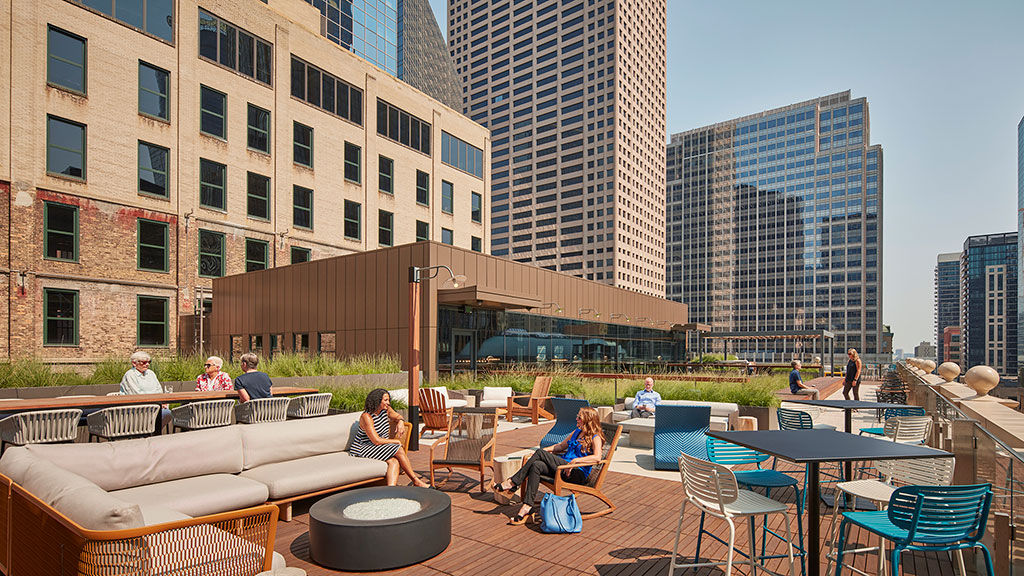
Why It’s Time to Reframe the Conversation Around Senior Living
New Gensler research demystifies myths about aging and offers creative solutions for communities that are currently not built to support older people.
“Advancements in health and medicine mean that age 100 will become more common. If people still retire around age 65, as many will, that could leave 40 years of life for which to design.”
—“Charting a Better Course for Senior Living,” Dialogue blog

Atria at Villages of Windsor
Lake Worth, Florida
Atria at Villages of Windsor sets a new standard in senior living, taking cues from the hospitality industry on what it means to live well, relax, restore, and come together as a community. Functioning like a resort, the community offers independent living apartments with full kitchens, assisted living apartments, and memory care units.

Confidential Independent and Assisted Care Facility
Calimesa, California
The design of this full-service retirement community is highly focused on providing resort-style amenities for an aging population.

Town Hall Apartments
Chicago, Illinois
This mixed-use senior housing facility is an adaptive reuse of the historic Town Hall police station and provides affordable housing for senior LGBTQ residents.

Tama Duffy Day
Senior Living Leader, Principal
Tama is a Principal, global leader of Gensler’s Senior Living practice, and an advisor to the Health Sector. A leader in the healthcare industry for decades, she challenges...
